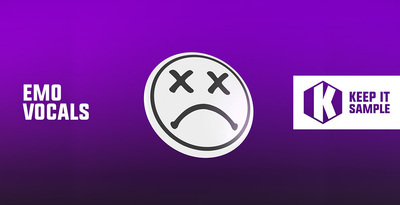
Jamming really loud can be fun and that's cool. I know you didn't ask my opinion and please don't take my comment as a judgement on you. Some of the models from the manuafacturers listed above are pretty crappy.so check here before pulling the trigger.Īs far as buying new.do a search here and you'll find lots of links to Yamaha club speakers, Bullfrogs, Sonics, and even Powered Samson closeouts. JBL,EV, Community, Yorkville, Klipsh, Sonic, Yamaha, Cerwin Vega are all brands (to name a few) that may be available in the used market at a decent price. Look around locally and check back here with what you find before you buy. All I wanted to know was what a good beginner's PA/speakers was and only about two of you have actually suggested anything.Ĭheap and decent = educated used purchases. And I never said I wanted to spend "a few hundred dollars". This will allow the mastering engineer the opportunity to process your song, without having to resort to turning it down.Believe me, this is a LOT cheaper than any PA solution that would be better than your "piece of ing amp, I don't want to get the drummer to play with brushes or ridiculously quietly, because that changes the mood and feel of music, just like playing my amp at a bedroom level does. I recommend mixing at -23 dB LUFS, or having your peaks be between -18dB and -3dB.

So long as your mixes give the mastering engineer room to work, and cover your noise floor, then you’re in a good range. This brings us back to our original question. This leads to a less dynamic master if limiting was involved. So what does this mean for my mix and master?Įssentially, your mastering engineer is going to have to turn your mix down before mastering. In fact, a fair amount of mixes are louder than the afore mentioned Spotify settings. With the availability of limiters, and a fair amount of sources influencing mixing engineers to use them, mixes are often sent off for mastering at levels that are far too loud. This means there are few reasons why a master should be louder than these settings. This varies based on whatever setting the listener has selected.įor example, if a track was mastered at -10dB LUFS, its loudness will be truncated to comply with Spotify’s normalization settings.

In order to accomplish this, Spotify will turn down the overall volume of your song. Also notice that Spotify’s loudest setting, plays the track at -11dB LUFS. Notice that Spotify not only alters your song’s volume, it offers different options to their listeners. Loudness settings from Spotify’s Artist FAQ section


 0 kommentar(er)
0 kommentar(er)
